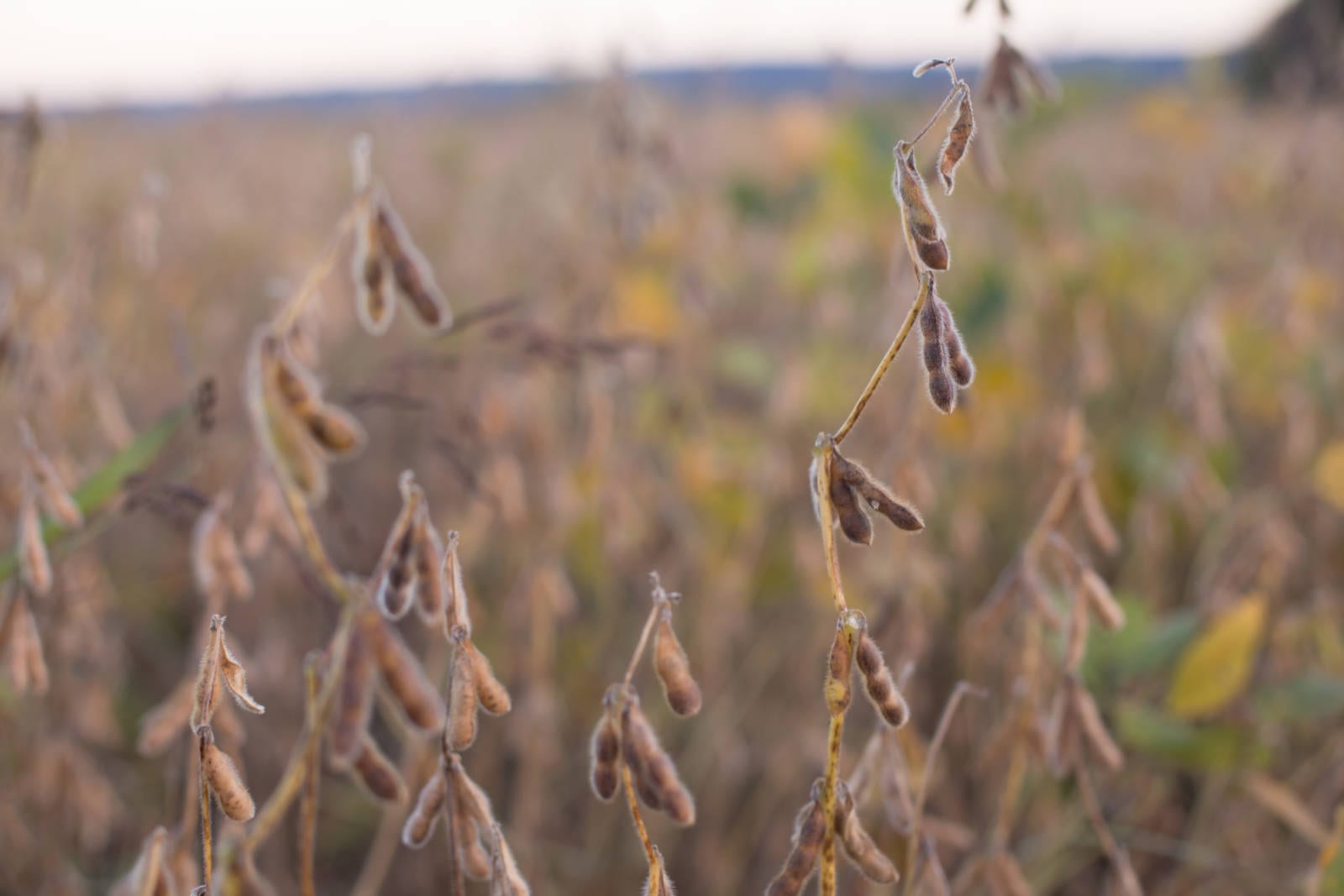It is no secret that U.S. soybeans are in demand around the globe with one quarter of U.S. soybean production being exported overseas to China. However, the number two customer for U.S. soy is a lot closer to home.
In the 2013/2014 marketing year, Mexico was reported as the number two consumer of whole soybeans as well as the number one consumer for both soybean meal and soybean oil. Mexico imported 124 million bushels of whole soybeans, meal from 68 million bushels and oil from 36 million bushels, making up a significant portion of the U.S. export market.
The demand for U.S. soybeans and soy products in Mexico is due in part to the efforts of the U.S. Soybean Export Council (USSEC). USSEC has taken on many projects to promote U.S. soy in various sectors, most recently working in the food processing and aquaculture industries.
A public cooking class was recently held in Mexico City to inform and educate citizens about soybean products and their health benefits with event sponsors providing product samples to those in attendance. Additionally, USSEC has participated in several tradeshows and expos throughout Mexico geared toward the retail and food service industries. At these events, USSEC assists companies that consume U.S. soy in promoting their products and making new contacts to increase their market reach and, in turn, their need for soybeans.
Adding to direct consumption, according to USSEC, the Mexican aquaculture industry will produce close to 120,000 metric tons and will demand more than 70,000 metric tons of soybean meal from the U.S. in the upcoming year. This market has good potential for continued growth in the next several years.

Partnering with two research groups for fish feeding demonstrations last year, the USSEC is hoping to increase knowledge on the benefits of including U.S. manufactured soy protein concentrate in feeds manufactured in Mexico. Using red snapper and common snook fish, the trials offer a close look at the benefit of using U.S. soy products in aquaculture feeds and a chance to increase indirect soy consumption.
“With 2013 numbers that show 62 percent of U.S. soybeans were exported and increased production reported for 2014, it is important for organizations like USSEC to assist in the growth of these markets to maintain a high demand for U.S. soy,” said Jeff Magyar, Ohio Soybean Council board member and soybean farmer from Ashtabula County.
USSEC is made up of representatives from the United Soybean Board, American Soybean Association as well as other trade and allied industries and state organizations. They are funded in part by soybean checkoff dollars and strive to optimize the utilization and value of U.S. soy in international markets by meeting the needs of stakeholders and global customers.
